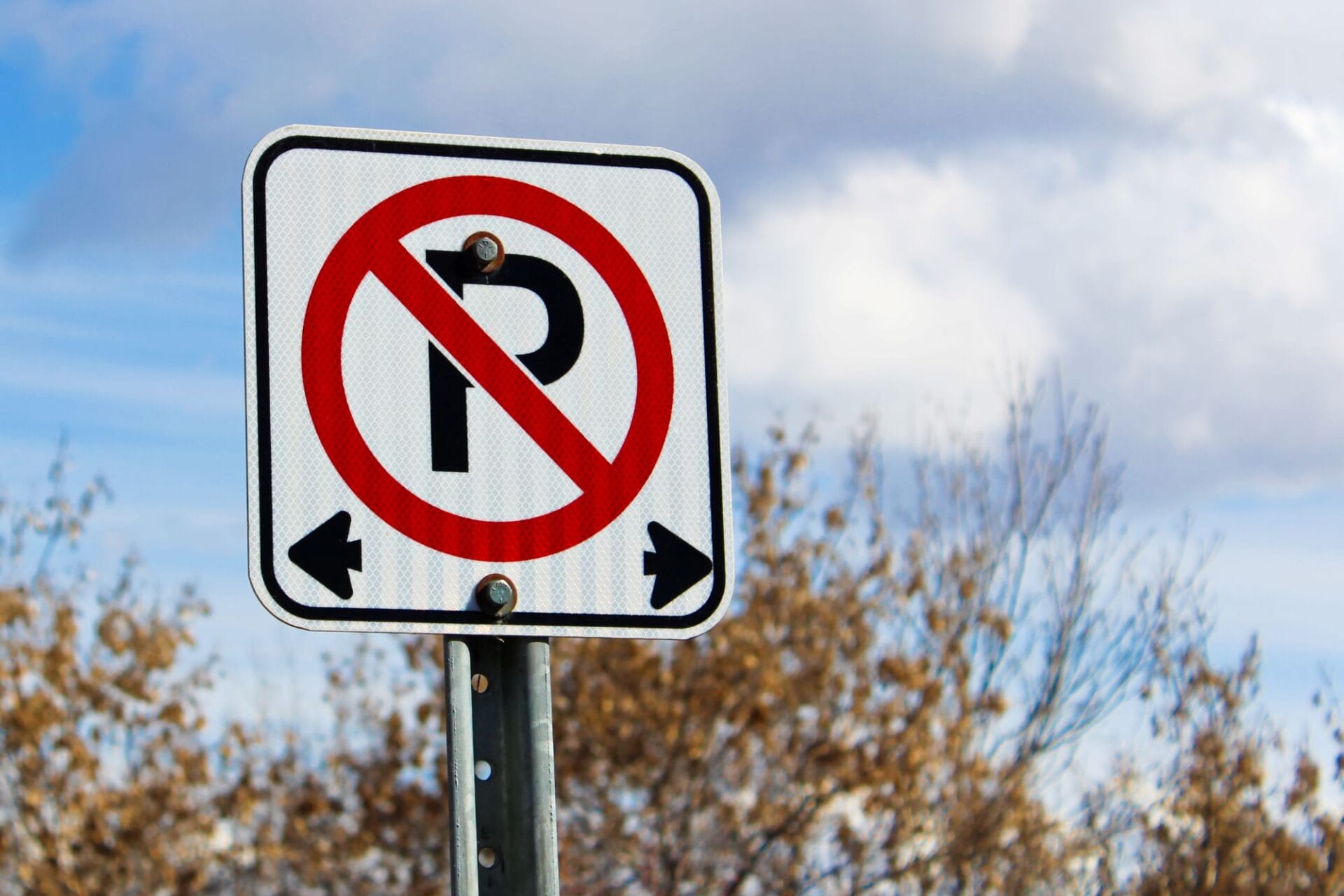At its simplest, an HOA is a governing structure for a planned community. It takes care of certain items, in exchange for a fee, and maintains the atmosphere and value of the community.
An HOA also creates CC&Rs, bylaws, and rules and regulations that homeowners need to abide by. Rules are different for every community, but some common rules address things like the number of cars you’re allowed to park on the property, the paint colours you’re allowed to use on your home, and the type of decorations you can display on your front lawn.
In order to ensure that everyone is aware of the HOA rules and understands the importance of following those rules, reliable communication strategies are needed.
The value of good communication
Good communication is the key to building strong relationships and strong HOAs. But establishing a process to facilitate good communication is so much easier said than done. If you haven’t already done so, consider spending some time on developing communication strategies for your community. There’s no right strategy, but some will work better for your community than others.
Special considerations for large HOAs
HOAs with hundreds or perhaps thousands of homes will require a robust communication system. If you’re responsible for helping hundreds of people, you will need to be clear about where they can find important information, how they can get in contact with management, and what they should do if they’re experiencing an issue. Larger HOAs generally have more facilities, more rules and more problems to resolve, but they may also have more resources available to them.
Special considerations for small HOAs
Many small association boards will ask for input from all owners on major decisions, even if it’s not mandatory for them to do so. This practice has pros and cons. Small HOAs feel more like a neighbourhood, and it’s great to have all neighbours involved in the decisions that will affect them. However, residents may also feel that the board must consult them or cater to their particular needs. This is not a requirement, but if people feel that it is, arguments may occur on a regular basis. If this problem becomes habitual, the board will have to work on resetting expectations.
Small HOAs tend to have fewer rules, and it’s easier to bend them when there are only a dozen households that must follow them. Follow and enforce the rules whenever possible. When you bend them for one person, someone else is going to expect the same treatment.
Create a communication system that is accessible, but avoid using personal phone numbers or email addresses. Doing this can create unexpected issues for management or the board.
Communication strategies for HOAs
Keep the following points in mind when building or improving communication strategies for your HOA.
Be consistent
Consistent communication is needed in every HOA. It is one of the best ways to capture and maintain your community’s attention. You don’t need to email your residents every single day, but you do need to keep them informed about rules, meetings, events, and finances. Digital communication may be the easiest way for HOAs to establish and preserve consistent communication.
Digital newsletter
A digital newsletter can be a simple and valuable way of highlighting ongoing or upcoming projects, reminding homeowners of important guidelines, promoting events, and recognizing individuals in the community. Digital newsletters can be delivered via email to homeowners on a monthly or quarterly basis. They are easier to distribute than traditional newsletters, and they cost less because they don’t have to be printed. Just make sure they are being published at roughly the same time each month or each quarter.
Newsletters should be short (1 to 2 pages) and they need to be interesting to your readers. Otherwise, no one will read them.
Communication software
If you’re looking for a simple and comprehensive communication solution, communication software might be your best bet. Well-designed software is customizable, user-friendly and cost-effective. Management could, for example, use announcements to send out important messages to every homeowner. They can even create and share announcements using the software’s phone app. Residents can decide if they want to receive push notifications, a text message or automated voice message when a new message is sent.
Important documents, including CC&Rs, bylaws and rules and regulations can be stored in a file library, making it easy for residents to access the information they need at any time.
And, HOAs can even use secure discussion forums to facilitate open discussions about new ideas, and ongoing issues.
Be accessible
Good communication involves the exchange of information between individuals. That means HOAs need to listen to and get information from residents, too. Do you have a system for receiving and storing homeowner contact information? What process do residents follow if they need to submit a service request before work or late at night? What do they do if their neighbour is being too noisy?
Ideally, HOAs will have more than one communication tool for homeowners to use. Just ensure that appropriate resources are available to address feedback or organize information in a timely manner.
Dedicated phone line
In addition to resident portals or property management software, management could provide a work phone number for the community to use. Your system doesn’t have to be complex (in fact it shouldn’t be) but it should take into account that not everyone is comfortable communicating through software or even email.
Community events
If you’re new to the community, or if there is a lack of community within your HOA, consider
organizing an event where residents can build positive relationships with the board, management, and other homeowners. Use this event to engage in genuine conversations with your HOA members and get to know them a bit better. If they feel like you actually care about them, they’re much more likely to share things with you.
Encourage your committee chairs to organize smaller events for members to brainstorm, share ideas, plan events and interact.
Be engaging
Send messages and share information on platforms that your community enjoys using.
Social media
Social media shouldn’t be your primary communication method, but it can be useful if you’re trying to engage your community. Social media is dynamic, it’s visually appealing and it’s free. While you shouldn’t share important board information or financial information here, you can make use of:
- Polls. Facebook offers this tool, and it’s one great way to get residents’ thoughts on events and topics.
- Events. Facebook also has an events section that is very easy to use. If your HOA already has a private Facebook group, you can create a new event within that group and send out invitations to all members.
- Photo albums. Invite homeowners to upload and view photos. You may even be able to use some of them in your next newsletter.
- Photo updates. If there’s a big ongoing project, share a few updates with everyone using photos.
- Cross-promotion. Share links to your HOA website, or encourage homeowners to sign up for the HOA’s communication software.
- Feature posts. If you have homeowners who are celebrating achievements or milestones, share the big news on social (provided they’re okay with it).
Social media can be a great communication tool, but use it with caution. It can be difficult to regulate platforms, and there are a few HOA members who will use online platforms to rant. Be mindful that in rare cases, social media may expose associations to potential liability. If in doubt, don’t post it.
Websites
Websites are easier to regulate, and are generally more secure than social media. Though a quality website won’t be free, the long-term benefits are worth the initial financial investment.
HOA websites function best when they have a password-protected page for residents. This way, you can share financial documents, board meeting minutes, and anything else you wouldn’t want the general public to see. Like social media, you can share images and promote events on your website, but it’s not as easy for homeowners to share content.
Additional points to keep in mind
No matter what strategies you decide to use for your HOA, you should always:
- Use clear, concise language. Skip the technical jargon whenever possible
- Be respectful and professional. You want to build long-term, productive relationships with your community
- Keep your audience in mind. It will be easier to execute successful communication strategies if you understand who is receiving your messages
Building good communication with your HOA is a process. Some strategies may not work, and that’s okay. Collaborate with your community to find solutions that make life easier for everyone.























